| Online: | |
| Visits: | |
| Stories: |
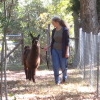
| Story Views | |
| Now: | |
| Last Hour: | |
| Last 24 Hours: | |
| Total: | |
Bone Broth Days
Sleet, snow, ice and freezing temperatures last week were all good reasons to stay inside and close to one of the woodstoves. When the weather forecast called for our first real winter storm of the season, I decided it was time to make my annual supply of bone broth.
Monday
Low 27° F / -18° C
High 35° F / 2° C
0.5 inches of sleet and freezing rain
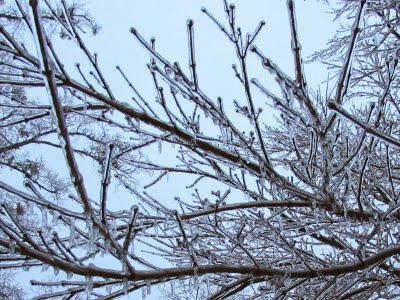 |
| Only a quarter inch coating of ice on the tree branches, not bad |
Dig through the freezers for the the various bags of bones I popped in over the year. These are set in bowls in the chilly pantry to defrost.
Treks outside to fill hay feeders and top off water buckets with hot water are frequent, but having that good wood heat to come back to is a comfort.
Tuesday
Low 31° F / 0° C
High 35° F / 2° C
Ice begins to melt but refreezes again
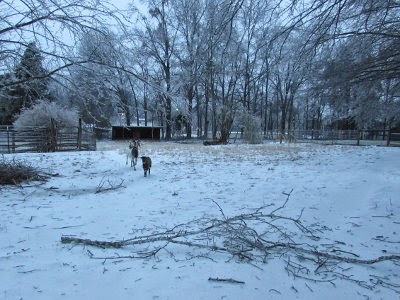 |
| Frozen sleet encrusted the ground, bushes, and trees, but not the goats |
Begin soaking defrosted bones in mild vinegar water (1 tablespoon apple cider vinegar per half gallon of water) to dissolve the minerals. The long soak followed by two days of simmering extracts calcium, collagen, magnesium, phosphorus, silicon, sulphur, chondroitin sulphates, and glucosamine from the bones.
This is the first year I've had chicken feet to add to my broth. These are rich in glucosamine chondroitin, collagen and other trace minerals.
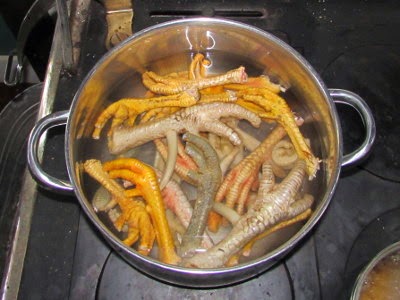 |
| Chicken feet, scrubbed, declawed, & set to simmer before peeling |
Wednesday
Low 22° F / -5° C
High 37° F / 3° C
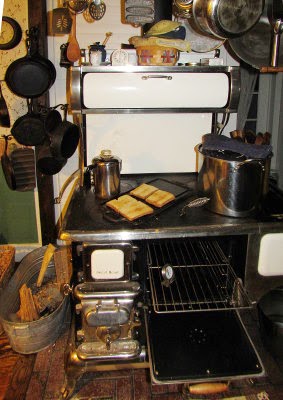 |
| Coffee, more toast, & a pot of bone broth |
Day one of simmering.
Shards of ice break free from tree branches and sprinkle down everywhere.
Thursday
Low 13° F / -10° C
High 28° F / -2° C
Day two of simmering.
In one of my frequent critter checks I find Surprise shivering from the cold and have to do something. First make-do goat coat was a towel secured with grosgrain ribbons. That didn't last. Second coat was made from an old sweat shirt worked better.
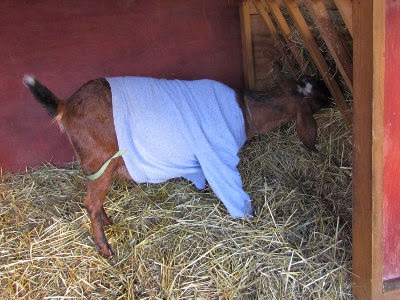 |
| Surprise in her goat coat. |
Keeping water from freezing is a concern, but since this kind of weather is the exception for us, rather than the norm, I can't justify buying electric water bucket heaters and stringing power cords all over the property. We make frequent hot water trips instead. This helps …
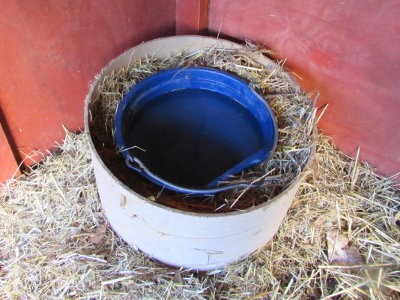 |
| Insulating the water bucket with manure and straw |
The composting action of the manure and straw produces heat. Overnight, ice in all other buckets was too thick to break by morning, but this bucket was just starting to form ice on the water surface.
Friday
Low 10° F / -11° C
High 35° F / 2° C
Strain broth, set in fridge to cool.
Warmer temperatures are predicted over the weekend and the ice has slowly been melting. Actual damage from the ice and wind hasn't been too bad, with only nominal damage to the fence.
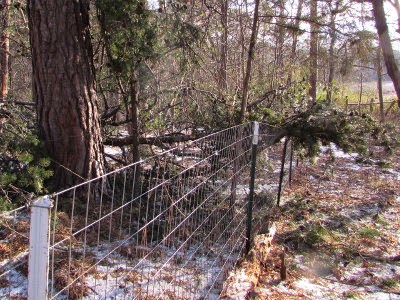 |
| It was fortunate only the top of the tree landed on the fence. |
Saturday
Low 29° F / -1° C
High 40° F / 4° C
0.55″ of wintry mix
Skim the chicken fat from the stock but there isn't much. A good bone broth will be congealed when it's chilled.
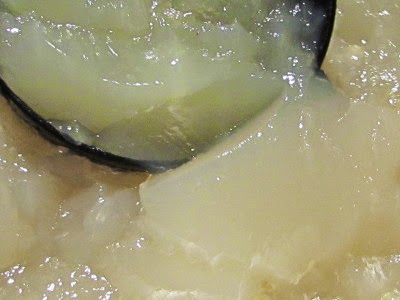 |
| Looks to be a good batch. I'll add salt to each jar I can. |
Bring the broth to a boil for canning. Get the canner, clean jars, and lids ready. While everything is heating, pick the meat from the cooled bones.
Can the broth. I like pints the best because it's just the two of us. I use them for soups, stews, gravies, and cooking grains or beans.
Open a quart of home canned chicken and make a homestead chicken pie for dinner, adding the meat bits. If there had been enough chicken fat, I would have used it to make the biscuits, but there wasn't.
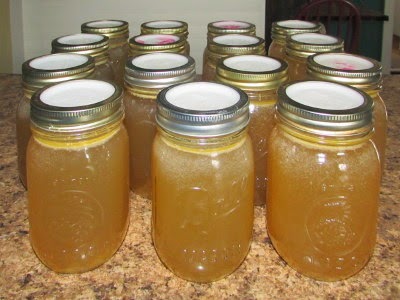 |
| Yield: 15 pints |
A few mild days and nights bring some relief, but they're calling for snow tonight and tomorrow. I hope all of you are staying safe and warm.
Source: http://www.5acresandadream.com/2015/02/bone-broth-days.html



